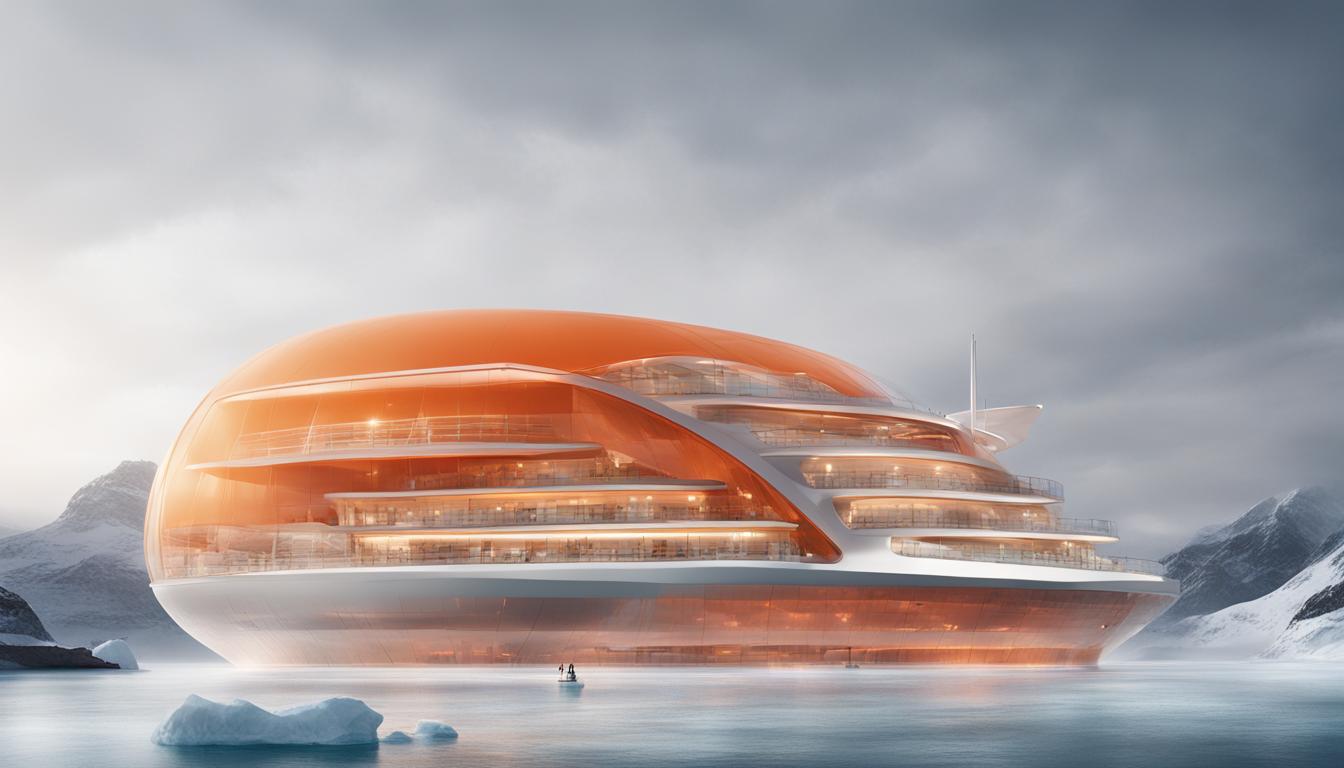The Evolution of Cruise Ship Design: From Voyager to Icon
In 1999, Royal Caribbean's Voyager of the Seas launched with a ground-breaking feature: the first-ever ice rink on a cruise ship. As the world's largest cruise ship at the time, accommodating 3,600 passengers, Voyager needed unique entertainment options to distinguish itself from competitors. The ice rink, conceptualized by Boston-based Wilson Butler Architects, posed significant challenges, such as maintaining level ice on a constantly moving ship.
Founded in 1997, Wilson Butler Architects initially specialized in theater design. Their innovative solution for Voyager's ice rink led to a longstanding collaboration with Royal Caribbean, resulting in numerous firsts in cruise ship design. These include the largest slide and glass dome at sea, the first glass-blowing studio, and the first skydiving simulator.
Their latest project, Royal Caribbean's Icon of the Seas, exemplifies their pioneering spirit. Launched recently, the $2 billion ship holds 7,500 passengers and 2,000 crew members. Highlights of Icon include the 53-foot-diameter kinetic sculpture "The Pearl," a 700-seat aquatic theater, a 1,200-seat Broadway-caliber theater, and the largest ice arena at sea.
Over 26 years, Wilson Butler Architects has designed 50 ships for Royal Caribbean, Celebrity Cruises, and Silversea Cruises. Their designs seek to enhance the cruising experience, offering options for those less enthusiastic about cruising. They aim to dispel stereotypes and provide diverse, enriching experiences aboard their ships.
